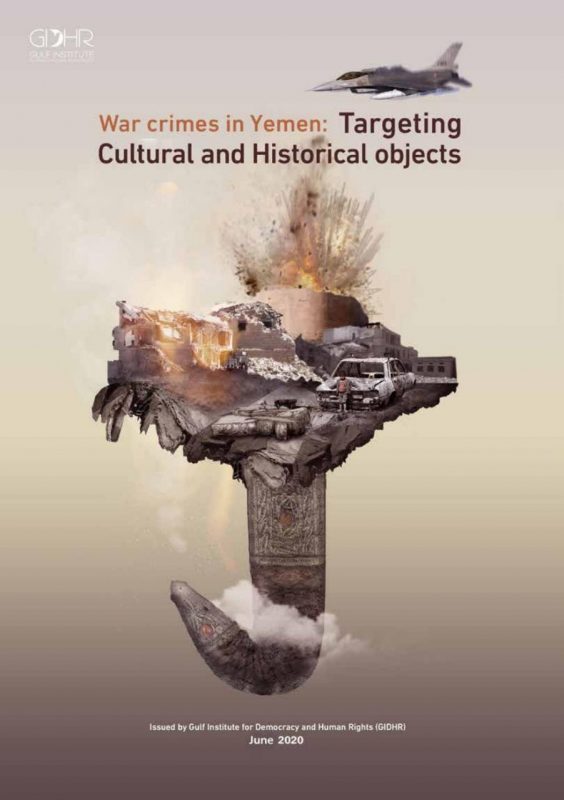The cultural and historical heritage of nations consists of religious and historical monuments, buildings and places;
museums; religious and funerary facilities, such as temples, cemeteries, mosques and civil; military and civil buildings,
such as forts and palaces, castles and baths; dams, towers and fences, which all ought to be protected and optimised
for the future generations. Archaeology, architecture and technology are highly essential sciences to preserve this
heritage as they help to study the history of mankind. These sciences constitute the main pillar of protecting this heritage through validating it rather than copying or replacing its specificities.
The people of Yemen have witnessed one of the oldest civilisations known to humankind in the Middle East. Historical sources indicate that the science of history in the Arabian Peninsula was known in Yemen’s south. This civilisation relied on trade, mining, agriculture and urbanism, which enabled it to establish a stable society. This society recorded and transferred its accumulated experiences throughout history in and outside Yemen, significantly with the human crowds that migrated to the north.
Indeed, the archaeology has constituted a distinguished heritage in the history of the Yemenis, including those that are related to the assumption of Queen Arwa Bint Ahmed, which was given titles such as ‘The Lady’, ‘Al-Hurra’ and ‘Al-Sulayhi’ (473 – 532
AH / 1138 – 1080 AD). Queen Arwa’s reign enjoyed a lot of reverence for the Yemenis, due to the solid political traditions it witnessed and the developmental mobility accompanied by a clear interest in the infrastructure.
Moreover, the Islamic state created various styles of religious buildings, schools, shrines, hospices, Qutab [an Arabic word meaning school used for teaching children language and Islamic studies], baths and castles that Yemen was distinguished by at that time, with their different architectural designs.
Currently, Yemen is witnessing a growing conflict, since March 2015, as the military operations carried out by the Saudi-led coalition continue and the measures of the imposed comprehensive blockade have increased, in addition to the proliferation of armed groups spreading chaos and terrorism in separate areas of Yemen. This status quo has exacerbated the suffering of the Yemenis, day after day, and has made their heritage and capabilities a target of the coalition›s operations.
The full report: War Crimes in Yemen



 العربية
العربية